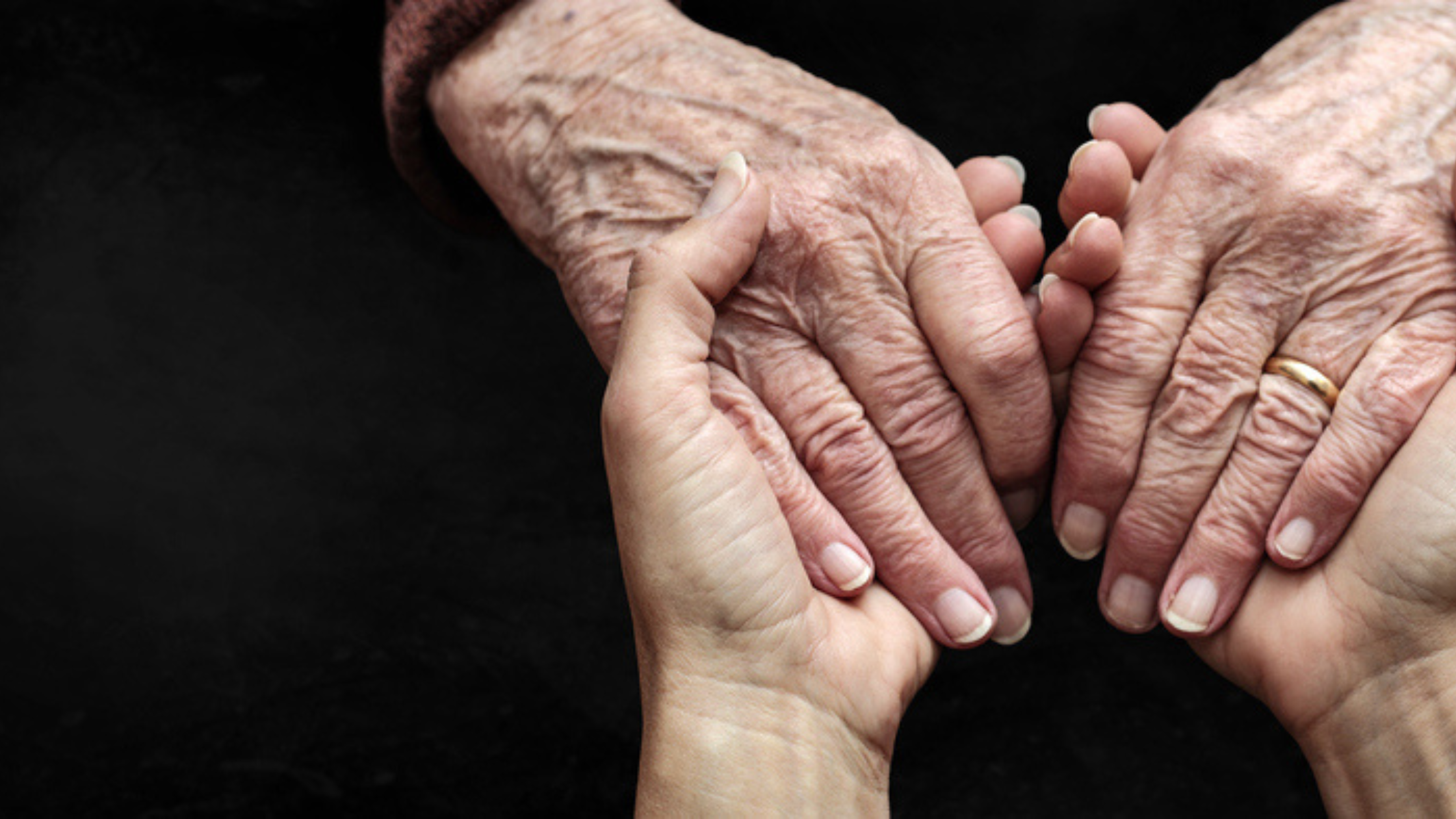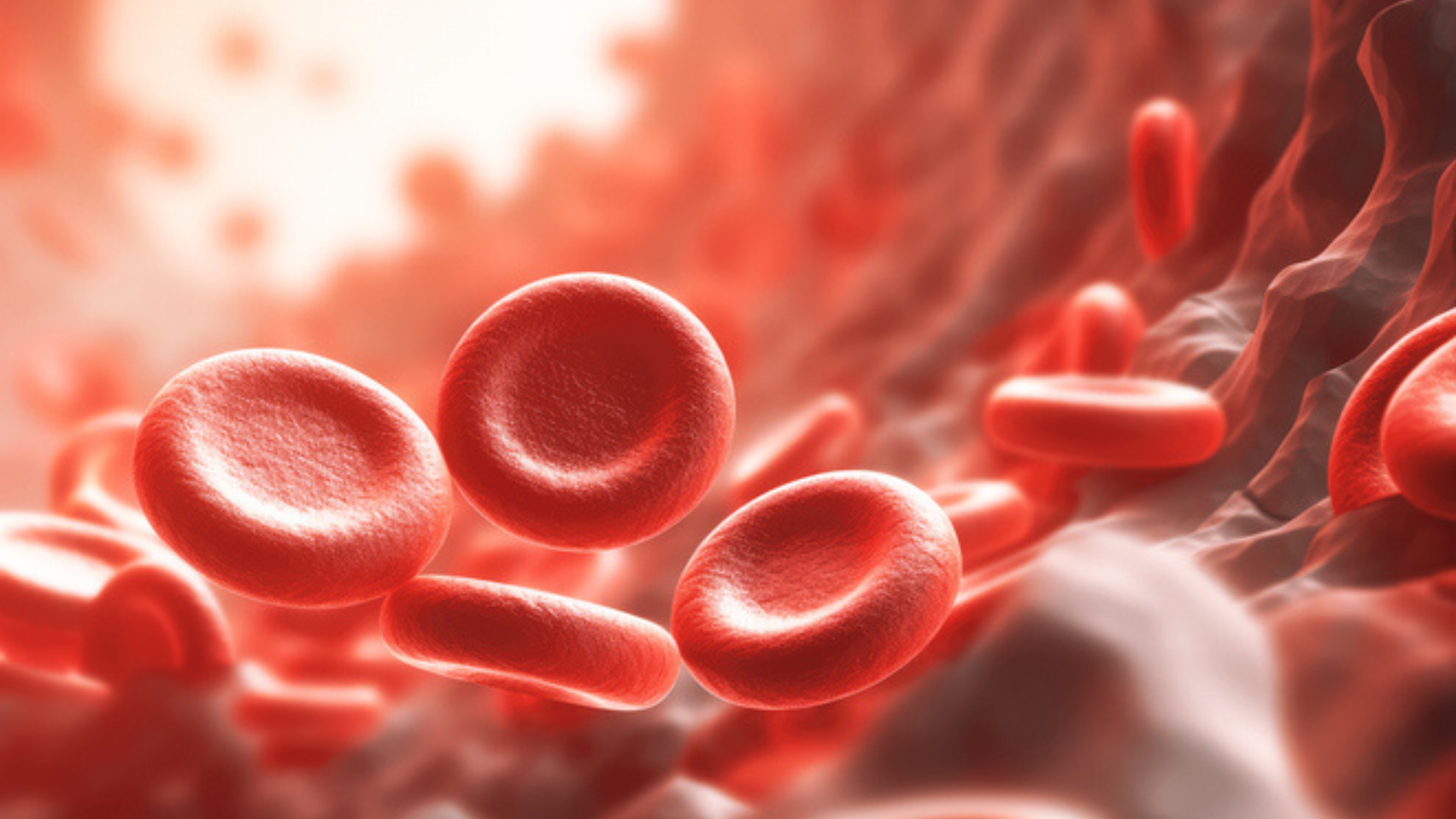Key Takeaways
- True rest covers seven unique types – physical, mental, spiritual, emotional, social, sensory, and creative – each addressing different needs in our daily lives.
- Recognising the type of fatigue you’re experiencing helps you choose the right restorative activity, resulting in more effective rejuvenation.
- Incorporating diverse forms of rest into your routine can boost your energy, productivity, and sense of well-being, helping you thrive in today’s demanding world.
Did you know that not all rest is created equal? Many of us think a solid eight hours of sleep will wipe out fatigue, yet we still feel drained. The secret? Real rest goes beyond sleep, covering seven distinct areas essential for complete rejuvenation. Let’s dive into each one to help you find your ideal rest balance.
1. Physical Rest
When most of us think of rest, physical rest usually comes to mind. However, there are two kinds of physical rest: passive, which includes sleep and napping, and active, which involves restorative activities like yoga, stretching, and massage. Active physical rest boosts circulation, relieves muscle tension, and enhances flexibility, making it an important addition to your wellness routine. Regular, quality sleep is essential, but it’s not the only way to meet your body’s needs for rest.
The Australian Sleep Health Foundation suggests that adults aim for seven to nine hours of sleep per night, but incorporating active physical rest can help if you’re feeling achy or stiff from desk work or long hours on your feet. Set regular reminders to stand up, stretch, or simply rest for a few minutes to feel the difference.
💡 If you’re pressed for time, try quick stretches at your desk or invest in a foam roller for an easy, at-home massage.
2. Mental Rest
Ever feel like your mind won’t slow down, even at bedtime? This mental rest deficit often shows up as irritability, forgetfulness, or trouble concentrating. To help quiet your mind, consider scheduling micro-breaks throughout the day. A few minutes of mental rest every couple of hours can recharge your focus and calm your thoughts.
Another simple yet effective mental rest technique is to keep a notepad by your bed. Jotting down any lingering thoughts or tasks before sleep can help you relax and let go. Research published in the Journal of Experimental Psychology found that writing a to-do list before bed helped people fall asleep faster, as it eased the mental load (R).
💡 Schedule 5-minute breathing exercises during work breaks to reset and refocus.
“Almost everything will work again if you unplug it for a few minutes, including you.” – Anne Lamott

3. Spiritual Rest
Spiritual rest is about reconnecting with what gives your life meaning, whether that’s through religious practices, meditation, or community involvement. Spiritual rest doesn’t require religious beliefs; it simply aims to restore your sense of purpose and belonging.
Involvement in community activities, volunteering, or practising mindfulness can offer a form of spiritual rest that helps us feel more connected to the world around us. Studies suggest that engaging in altruistic activities is associated with improved well-being, including greater life satisfaction and lower rates of depression (R, R).
By dedicating time to something meaningful, you’ll experience a unique form of rest that fills your emotional reserves.
💡 Start a simple daily gratitude journal or try a meditation app to build spiritual rest into your day.
4. Emotional Rest
If you’re the person who always says “yes” or keeps a brave face, you might be missing out on emotional rest. Emotional rest involves the courage to be honest with yourself and others about how you’re really feeling. This type of rest allows you to process emotions without the pressure of putting on a facade.
Being able to share your genuine feelings with trusted people can be deeply restorative. If you’re finding it hard to be open with others, start by journaling your thoughts. This small act of emotional honesty can provide a great sense of relief and help avoid the exhaustion that comes from emotional suppression (R).
💡 If you’re not ready to share feelings with others, start with a journal entry each day to acknowledge how you truly feel.
5. Social Rest
Social rest is about balancing relationships that restore your energy with those that drain it. Some relationships may demand more from you, while others, such as time with family or close friends, can be wonderfully energising.
To experience social rest, consider prioritising time with supportive, uplifting individuals who genuinely care for you. Even brief, meaningful interactions, whether in person or online, can help you feel more connected and refreshed. Interestingly, virtual interactions can also provide social rest benefits: a video call is often more engaging than text alone, as it allows for non-verbal cues and greater connection (R).
💡 Organise a weekly coffee catch-up with a friend, in person or virtually, to recharge with positive social interactions.

6. Sensory Rest
We live in a world full of sensory overload, from bright screens to constant notifications. Sensory rest is the antidote to this overstimulation and involves taking intentional breaks from sensory inputs. Small actions like closing your eyes for a minute or stepping outside for a quiet walk can provide sensory relief, reducing the cumulative impact of sensory fatigue.
Consider limiting screen time in the evening or using blue-light filters to give your eyes a break. Being aware of your sensory triggers and practising regular sensory rest can help you feel more relaxed and focused throughout the day.
💡 Create a “tech-free zone” at home where you can unwind without screens or loud noises.
7. Creative Rest
Creative rest is especially important for people whose work involves problem-solving or creative thinking, but it’s also essential for everyone. This type of rest allows you to reconnect with a sense of wonder, which can become depleted with routine or stress.
Spending time in nature is one of the best ways to experience creative rest. Whether you’re admiring the ocean, mountains, or your local park, nature can stimulate creativity. A Danish study found that time spent in green spaces boosted participants’ creativity and overall well-being (R).
If you can’t get outside, even a quick view of nature-inspired images can evoke a similar response and recharge your creativity.
💡 Take a short walk in a park or try using nature-inspired screensavers during work to reawaken your creativity.

A 7-Day Rest Challenge
To make these seven types of rest a habit, try a “7 Types of Rest Challenge” over the next week, focusing on one type of rest each day:
Day 1: Physical Rest – Go to bed early and aim for a full 8 hours.
Day 2: Mental Rest – Set a timer for three 5-minute breaks during your workday to refresh your focus.
Day 3: Social Rest – Spend quality time with a supportive friend.
Day 4: Sensory Rest – Switch off all electronics for 30 minutes before bed.
Day 5: Spiritual Rest – Dedicate 10 minutes to meditation or a gratitude exercise.
Day 6: Emotional Rest – Write down one honest feeling in a journal.
Day 7: Creative Rest – Take a walk in nature, or bring nature indoors by adding plants to your space.
Each day, you’ll address a different type of rest, allowing you to experience their unique benefits first-hand.
Rest is Key to Longevity
Each of these seven types of rest addresses unique areas of energy depletion and rejuvenation, offering a holistic approach to well-being. By incorporating diverse forms of rest into your routine, you can support a healthier, more balanced life.
Embrace every type of rest, and let The Daily Longevity Blend support you in achieving your wellness goals naturally.





